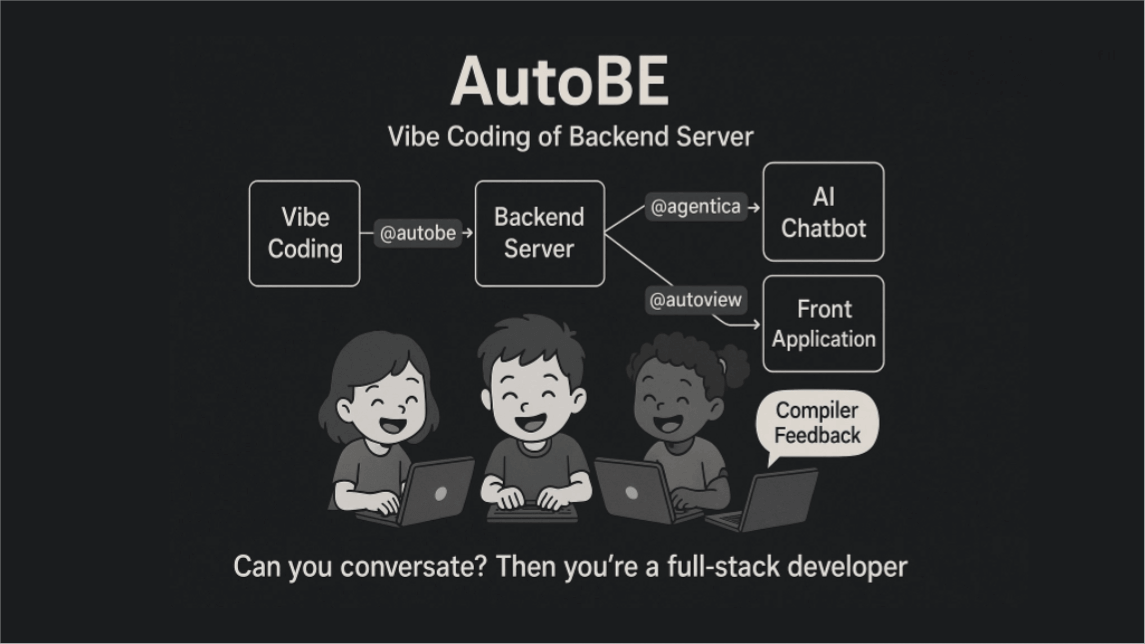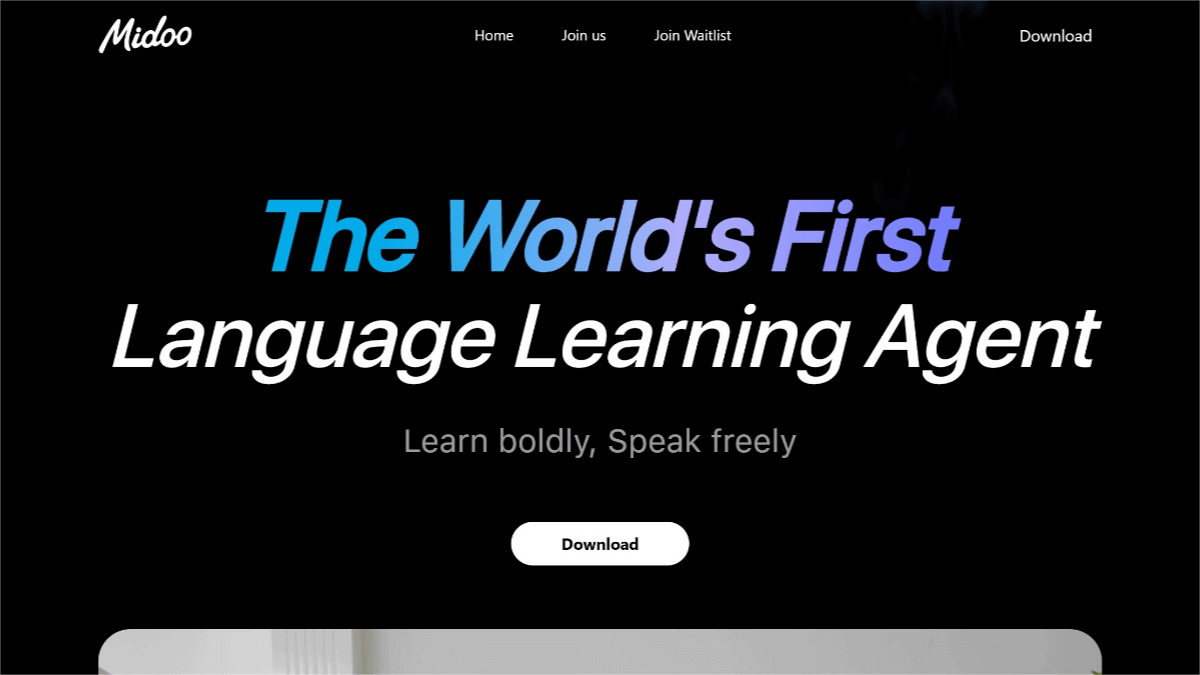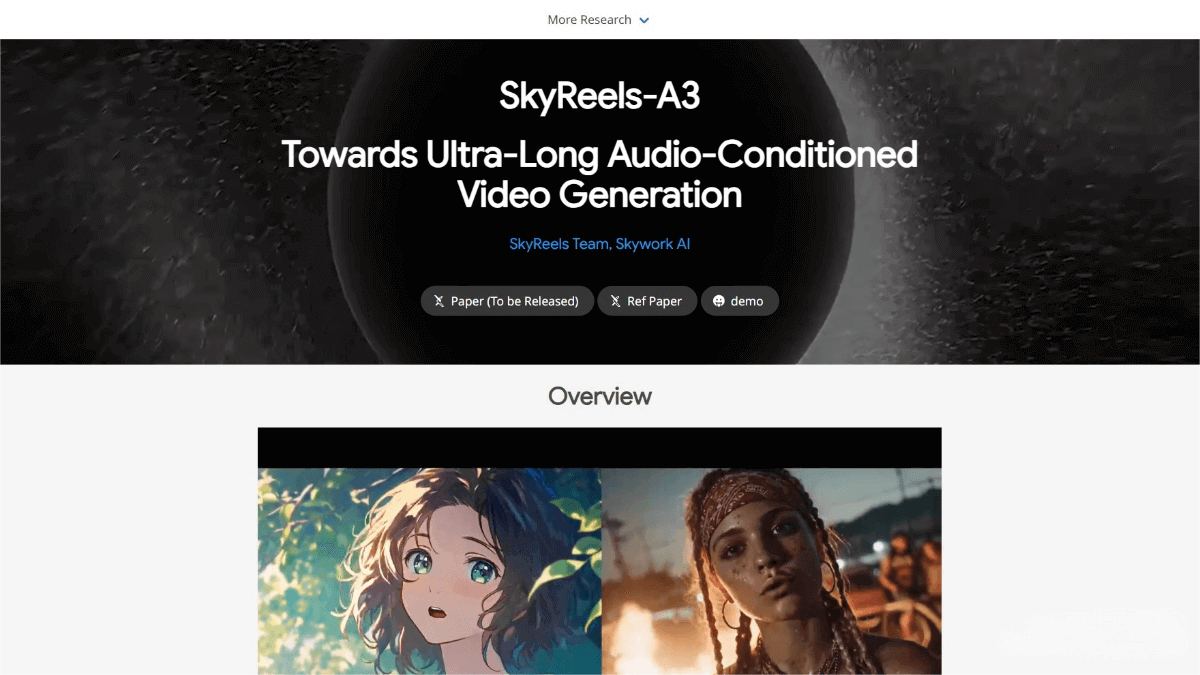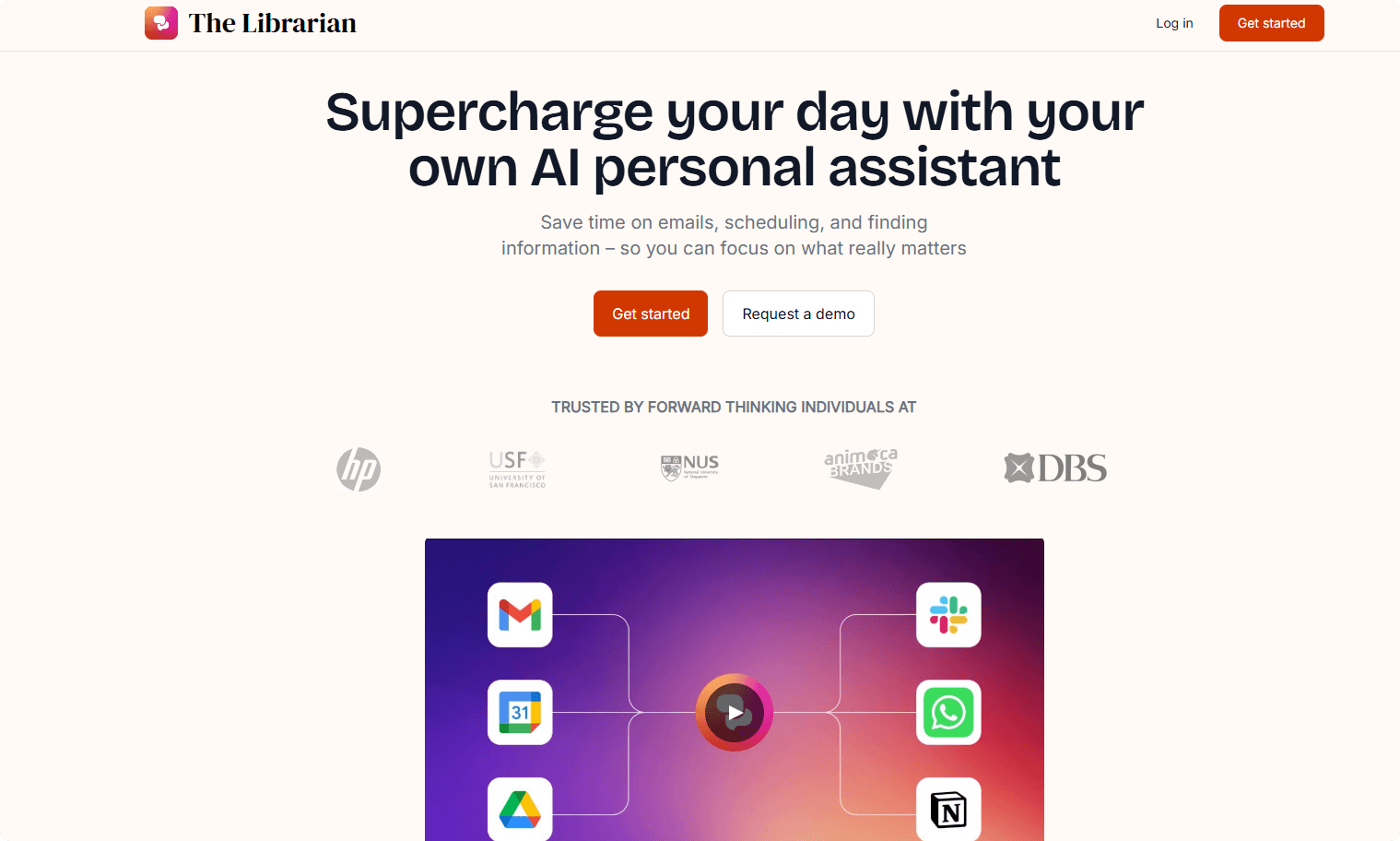What is AutoBE?
AutoBE is an AI-powered backend code generation tool that automatically produces high-quality backend server code based on user-described requirements. Built with technologies like TypeScript, NestJS, Prisma, and Postgres, it emphasizes a concept called “Vibe Coding”—iterative code refinement through continuous user and compiler feedback. AutoBE blends the strengths of the Waterfall and Spiral models to ensure code reliability and security.

Key Features of AutoBE
-
Requirement Analysis (Analyze): AutoBE can analyze user input and generate a structured specification document that provides clear guidance for subsequent code generation.
-
Database Schema Generation (Prisma): Generates database schemas in Prisma format and Entity Relationship Diagrams (ERDs) based on the requirement specs, helping developers design and understand the database structure.
-
API Design & Code Generation (Interface): Based on the specs and ERDs, AutoBE designs API endpoints and generates corresponding API code and DTO (Data Transfer Object) models, enabling rapid backend interface setup.
-
Test Code Generation (Test): Automatically generates end-to-end (E2E) test code for each API endpoint to ensure the reliability and correctness of the generated code.
-
Code Implementation (Realize): Implements backend functionality by writing the logic for each API function, completing the full backend development cycle.
Technical Principles Behind AutoBE
-
Natural Language Understanding: AutoBE uses natural language processing (NLP) to interpret user requirements and convert them into actionable code generation instructions.
-
Code Generation Models: Powered by deep learning models—such as Transformer-based architectures—AutoBE can produce high-quality code from textual descriptions.
-
Technology Stack Integration:
-
TypeScript: Used as the main programming language, offering static type checking to improve code reliability and maintainability.
-
NestJS: A modular and extensible TypeScript framework for building robust backend applications.
-
Prisma: An ORM tool that simplifies database operations and enables intuitive interaction with databases.
-
Postgres: A powerful and reliable backend database solution capable of handling complex data operations.
-
-
Compiler Feedback: During code generation, AutoBE uses compiler feedback to optimize its output. For example, if the generated code contains syntax errors or type mismatches, the compiler provides diagnostic messages, and AutoBE uses them to refine the code generation process.
-
Waterfall Model: AutoBE follows a step-by-step process for requirement analysis, design, coding, and testing, ensuring that each phase is completed before the next begins.
-
Spiral Model: Incorporates iterative testing and validation at every stage, allowing issues to be identified and resolved early, which enhances overall code quality and robustness.
AutoBE Project Links
-
GitHub Repository: https://github.com/wrtnlabs/autobe
Application Scenarios for AutoBE
-
Rapid Development of New Projects: AutoBE enables developers to quickly scaffold backend code from user-defined requirements, accelerating project setup.
-
Boosting Development Efficiency: For large-scale or complex systems, AutoBE automates the generation of database schemas, API interfaces, test code, and more.
-
Education & Training: AutoBE is also suitable for educational purposes. By generating example code, it helps students and beginner developers understand backend concepts and practices more effectively.
-
Code Optimization & Refactoring: With its “Vibe Coding” philosophy, AutoBE promotes iterative code improvement through continuous user and compiler feedback, allowing developers to refine and restructure existing projects to enhance code quality.
Related Posts




